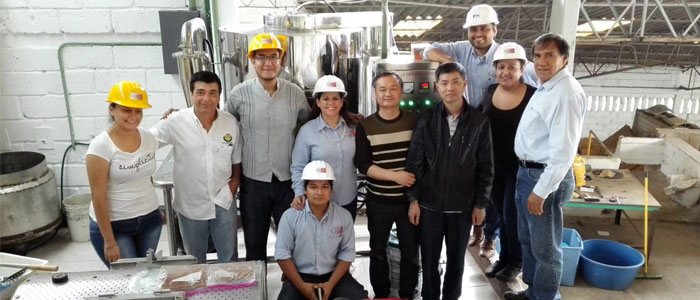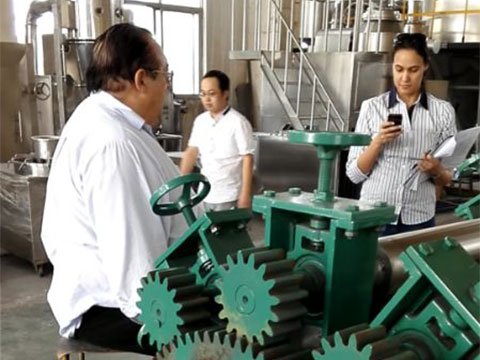Problems to be noticed in the experiment of spray dryer
Problems to be noticed in the experiment of Spray Dryer

1. The data obtained from the experimental program provide important industrial magnification information. However, relevant data must be carefully applied directly to industrial equipment. In general, it is difficult to compare the drying experiment of small spray dryer with that of large spray dryer to investigate whether there is wall sticking. The simplest reason is that the equipment size is small and the distance between the atomizer and the cylinder wall is small. In experimental equipment, any form of wall adhesion must be evaluated to address the likelihood of similar trends in large equipment. For small experimental equipment, determining the degree of hygroscopicity and thermoplasticity is very valuable for this evaluation.
2. Small spray dryer can achieve drying successfully due to limited particle size. Due to the coarse droplets produced by the same atomizer, drying can also be achieved in large dryers. Therefore, in a small laboratory dryer, the technical characteristics of coarse particles required cannot be produced, and the possibility of successful operation in a large spray dryer cannot be automatically excluded.
3. During the operation of experimental equipment, the correlation data between the inlet and outlet temperatures of dry air obtained may still be problematic, involving hygroscopic and heat sensitive products. Compared to industrial equipment, the heat dissipation loss of small equipment accounts for a relatively large proportion of the total input heat. In fact, this means that the accurate operating temperature of industrial equipment may be lower than the dry air inlet and outlet temperatures obtained from the operation of experimental equipment. In this case, industrial testing of products is indispensable.
4. It is difficult to generalize the relationship between experimental data and technical conditions of industrial equipment. Because each relationship is particularly dependent on product characteristics. The data provided by the experimental device can be used for heat and mass balancing to determine the required dry air flow rate. The data obtained from the experiment provide the auxiliary equipment required for the feed pump, heater, dry and wet collectors, and final air purification, as well as the method for discharging the product from the drying tower.
To sum up, we can see the importance of spray drying experiment.
